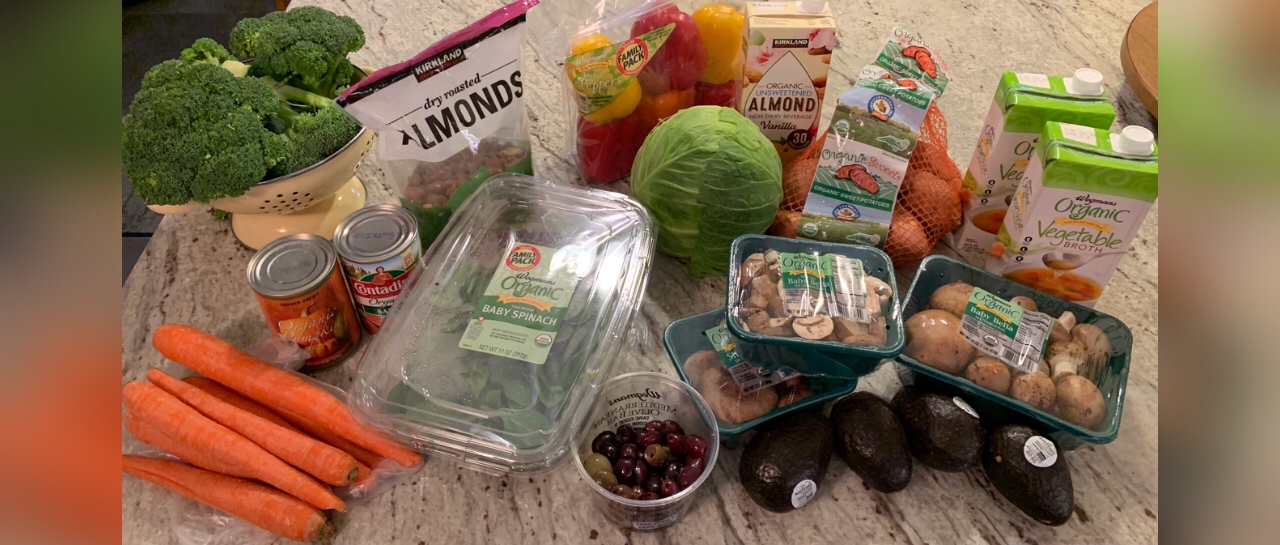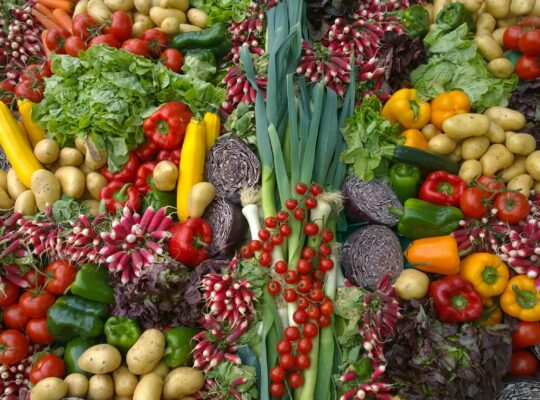Do you have a health goal to lose a few pounds, heal an illness, or maintain your long-term vitality? To achieve any of these seemingly different health objectives, it’s important to think about the messages we’re giving our bodies via our forks.
Food is much more than energy; food is information.
Your body responds completely differently to 100 calories of broccoli than it does to 100 calories of brownie. We tend to think that broccoli is good for us only because it’s low in calories. But that’s only part – a small part – of the story.
When you eat broccoli or other vegetables, the beneficial plant compounds(phytonutrients) enable your body to metabolize estrogen and even turn genes off and on. Broccoli and other sulfur-rich vegetables, for example, turn off genes that can stimulate cancer growth. The fat, carbohydrate, and protein (macronutrient) profile of the broccoli stimulates balanced, steady blood sugar levels and hormonal responses resulting in energy, lowered inflammation, and better cognitive function.
The brownie sends a much different set of signals to our bodies. The refined flour and sugar are quickly digested and load our blood with glucose, signaling insulin production. Along with insulin comes more fat storage and the beginning of a blood sugar roller coaster that impacts our appetite, cravings, and energy for the rest of the day, perhaps longer. The processed flour and sugar, since it is not in its natural state, is difficult for us to assimilate, resulting in inflammation, cortisol release, and inhibiting processes in the body.
We’ve known that our bodies use food as information input for a long time.
In 1930, a scientist was able to deprive a mother pig of vitamin A to an extent that she gave birth to piglets WITHOUT eyeballs. When the sow’s vitamin A level was normalized, she gave birth to another litter of piglets – this time WITH eyeballs (Shanahan,33). Could it be that God gives us the food in our natural environment that we need for our bodies to function well in that specific environment? Leafy greens don’t grow in caves.
If we lived in a cave, we wouldn’t need vision and therefore wouldn’t need vitamin A. Since we live in the light, we need to eat things that grow in the light, like leafy greens and sweet potatoes which are rich in Vitamin A. Isn’t it beautiful the way God made our food so specifically to maintain the health of our bodies and minds?
When it comes to fat loss, what we eat is just as important – perhaps more – than how much we eat.
Say goodbye to the calorie myth. I’ve actually heard people say that, since a calorie is a calorie, you can become overweight from eating too many apples just like you can from too many cookies. Have you ever met anyone who is overweight from eating apples? We all know that’s crazy.
The fiber in apples is filling, preventing us from overeating them, while also blunting the insulin response from the natural sugar. The nutrients within the apple promote detoxification and energy production. And there are likely dozens of other ways that apples (or any other fruit or vegetable) promote health in our bodies.
The bottom line is that food processing mixes up the message we send our bodies – initiating a cascade of reactions including imbalanced blood sugar and hormone levels, increased inflammation, and heightened fat storage.
We may not feel this in our body because our brain is too busy doing the dopamine happy dance from the flood of sugar, fat, and salt. But over time, we inevitably feel and see the results in decreased energy levels, more body fat, autoimmune responses, abnormal bodily functions and bloodwork results, and – ultimately – disease states.
Whether we want to look good in our jeans or prevent our genes from turning on cancer, eating foods in their natural, unprocessed state, sends messages of health, vitality, and healing that, over time, also result in improved body fat composition.
What messages are your food choices sending?
1. Shanahan, Cate M.D. and Luke, Deep Nutrition, p. 33-34, Flatiron Books, 2017






